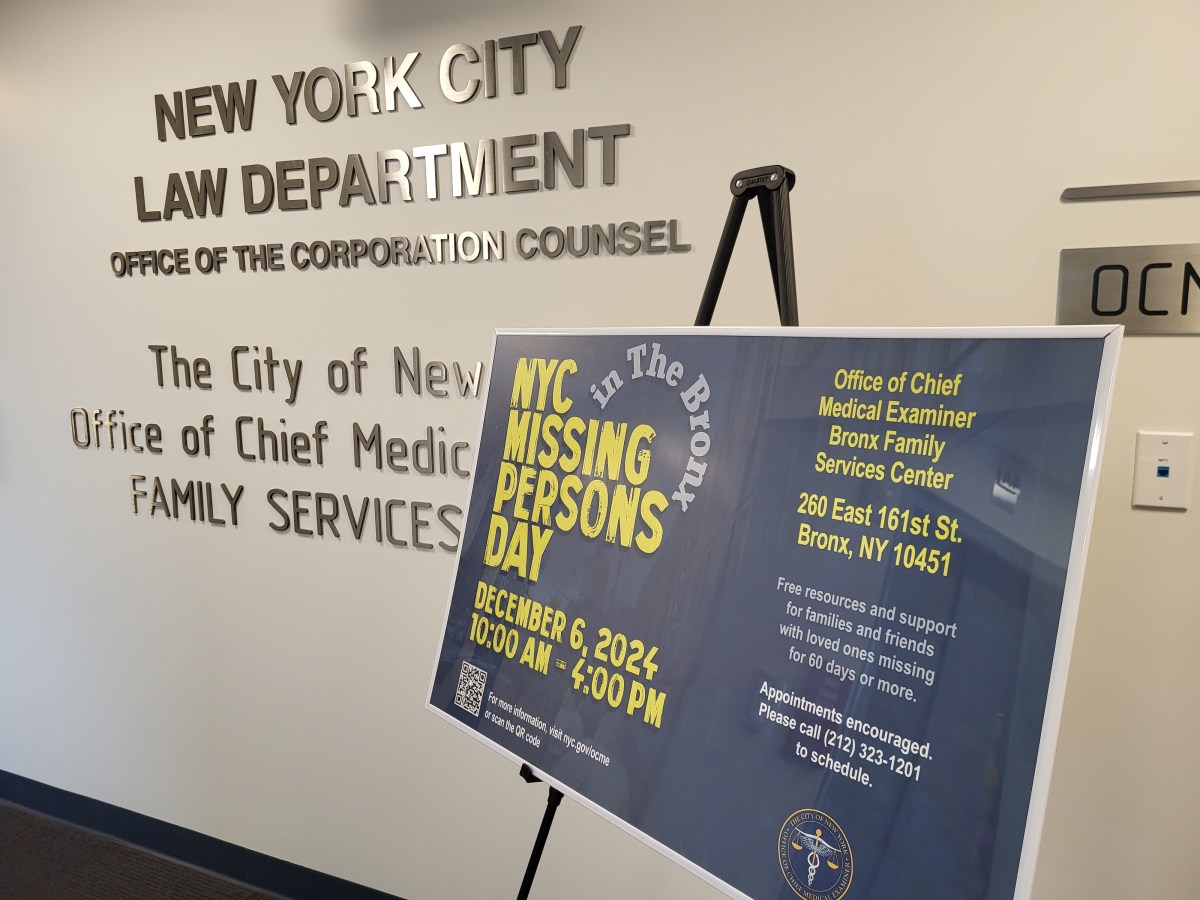Opponents of congestion pricing in Manhattan are busy setting up roadblocks in Albany. Assembly Speaker Sheldon Silver is not opposing the mayor’s proposed traffic plan, but his recent statements indicate he is leaning against it.
Silver is a master at Albany’s legislative poker table and he has frequently used his power for good: pushing the M.T.A. on the Second Ave. subway, extending rent stabilization and killing Mayor Bloomberg’s West Side stadium. We hope the speaker’s recent skeptical words are mere gamesmanship and not a signal that he will block a plan to help his Downtown district, as well as the rest of New York and the world.
Congestion pricing will have traffic and health benefits throughout the city, cut the city’s greenhouse gas emissions and reduce our country’s dependence on foreign oil. It will provide a major funding source for an estimated $31 billion in unfunded transit projects.
Even without these extremely compelling reasons, congestion pricing would still make sense because government should not give away a scarce resource — street space in Manhattan — to more affluent people who can afford cars, in order to impose what amounts to a regressive tax on New Yorkers — subway fares.
With many cameras already monitoring cars at toll booths and certain intersections, the opponents’ privacy concerns are bogus — that horse left the stable years ago. If Albany wants to set limits on how the information from thousands of existing cameras is used, that’s a worthy debate irrespective of congestion pricing.
Some of the questions and concerns Silver and others have raised are legitimate. The mayor has sprung this thoughtful plan on Albany at the last minute. As currently written, the bill is not a true experiment, since it’s up to the city whether to continue the program after three years. There are also reasonable concerns about control of the new fund and whether some neighborhoods may have exacerbated parking problems.
All of these issues can be worked out quickly. None is enough to forgo $500 million of federal money to implement the plan. Mary Peters, the U.S. Transportation secretary, all but promised to fund the project last week.
The state bill will authorize an environmental impact statement, which will allow critics to point out possible problems in the plan and force the city to respond.
Governor Spitzer and State Senate Majority Leader Joe Bruno have shown support for the mayor’s idea. This is a harder issue for Silver. We know some of his and our Lower Manhattan neighbors oppose congestion pricing. So do some Democratic Assemblymembers who make up part of the speaker’s power base. People’s first instinct is to oppose anything that involves new government fees. But Silver has fought hard for Downtown countless times before. This time, he can continue his advocacy for mass transit investment and improvement and also help New York lead the rest of the country on these issues.


































